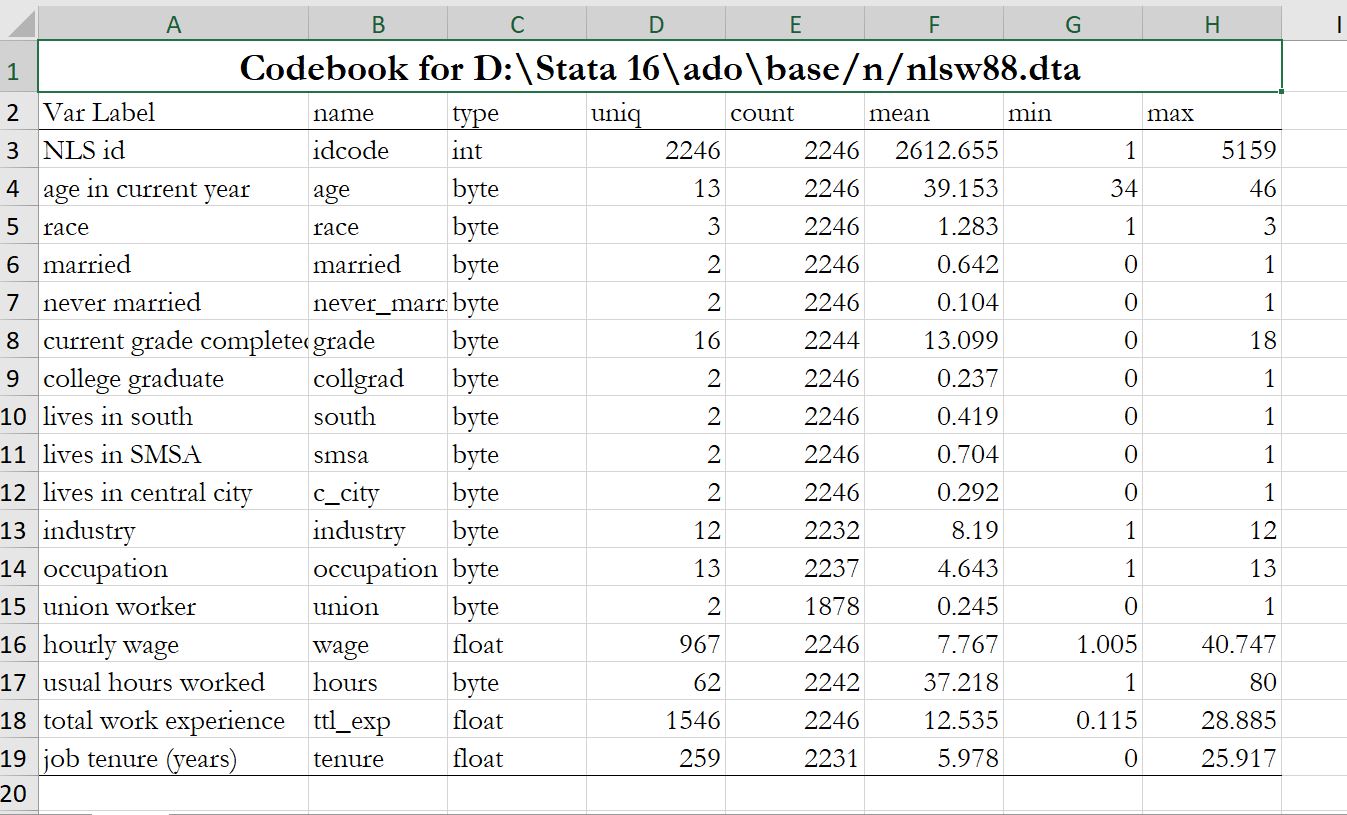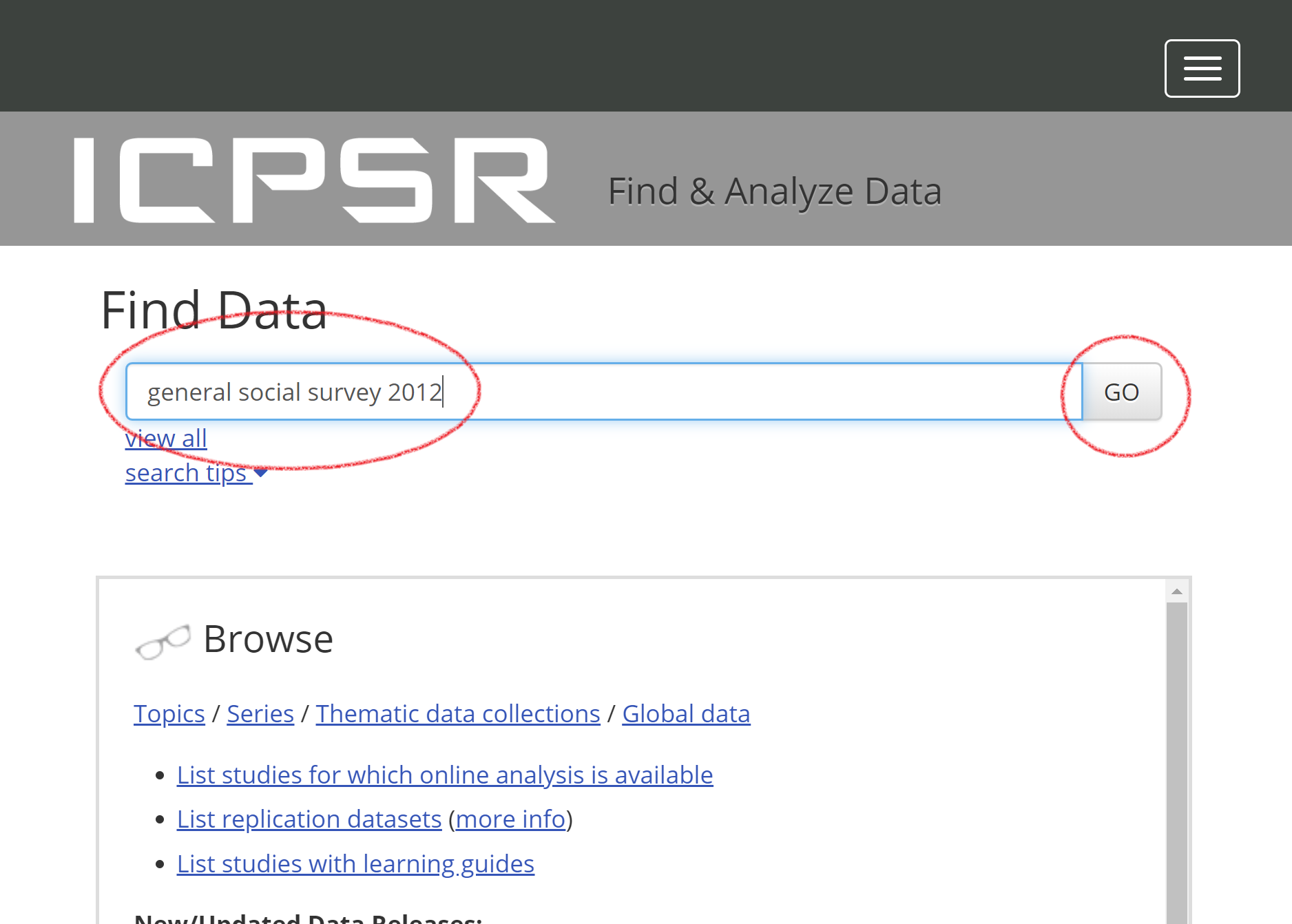

The citation of this study may have changed due to the new version control system that has been implemented. Also, users should to refer to Appendix A of the ICPSR Codebook for additional details about weighting.

Gss 2012 codebook download#
To analyze the GSS 2012 data with other weights, users need to download data files for this data collection. Variable WTCOMBNR should be used for both cross-section and the panel cases combined, adjusting for non-respondents. Variable WTCOMB should be used for both cross-section and the panel cases combined. The following weight variables are available to use for online analysis for GSS 2012: WTCOMB and WTCOMBNR. They were originally sampled in previous years and re-interviewed in 2012. Users are strongly encouraged to read more about the General Social Survey on the NORC Web site.įor additional details about the GSS 2012 data such as Field Work and User Specifications or Sampling Design and Weighting, please refer to Appendices A-V of the ICPSR Codebook.ĭue to the limit in the number of allowable columns of 256 in Excel 97-2003 (file ending, xls), the Excel file being distributed with this collection is in the later version of Excel (file ending of xlsx).Īccording to NORC, the panel cases for variables VPSU and VSTRAT were coded -1 "Inapplicable" because they were not sampled in 2010. The National Data Program for the Social Sciences (General Social Survey) is both a data diffusion project and a program of social indicator research. National Opinion Research Center (NORC), University of Chicago conducted the survey on behalf of the National Data Program for the Social Sciences. This data collection also contains questions asked in the 2008 GSS and the 2010 GSS. The merged data also include demographic information including age, sex, race, and income. Questions asked if the respondent attended various performances or exhibits, who they attended with, if the performance attended was free, factors that impacted the decision to attend or not attend. The 2012 GSS merged data file has the third wave of the 2008 respondents (N=1295), the second wave of the 2010 respondents (N=1,551), and the first wave (a cross-section) of 2012 respondents (N=1,974).īesides the standard GSS topics, such as attitudes toward social issues, religion, education, jobs and the economy, government and other institutions, politics, and policy issues, the 2012 GSS data included a "Cultural Module," a battery of questions focused on culture and the arts. The third panel is the same subsample of 2008 GSS cases reinterviewed for the GSS in 2012 along with a new cross-section of cases. The second panel is a subsample of the GSS cases from 2008 that was selected to be reinterview for the GSS in 2010 along with a new cross-section of cases. The first panel is the 2008 GSS as the base year. The 2012 merged data used a rolling panel design. The General Social Survey (GSS) collects information from the general public on a wide variety of subjects, including attitudes toward social issues, religion, education, jobs and the economy, government and other institutions, politics, and policy issues.


 0 kommentar(er)
0 kommentar(er)
